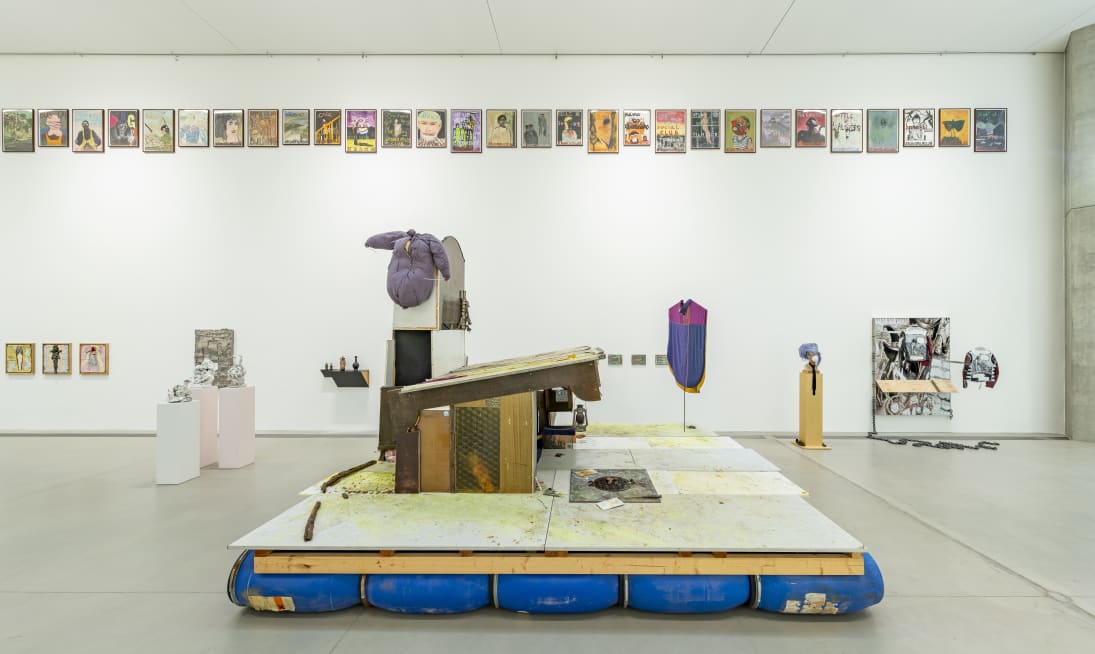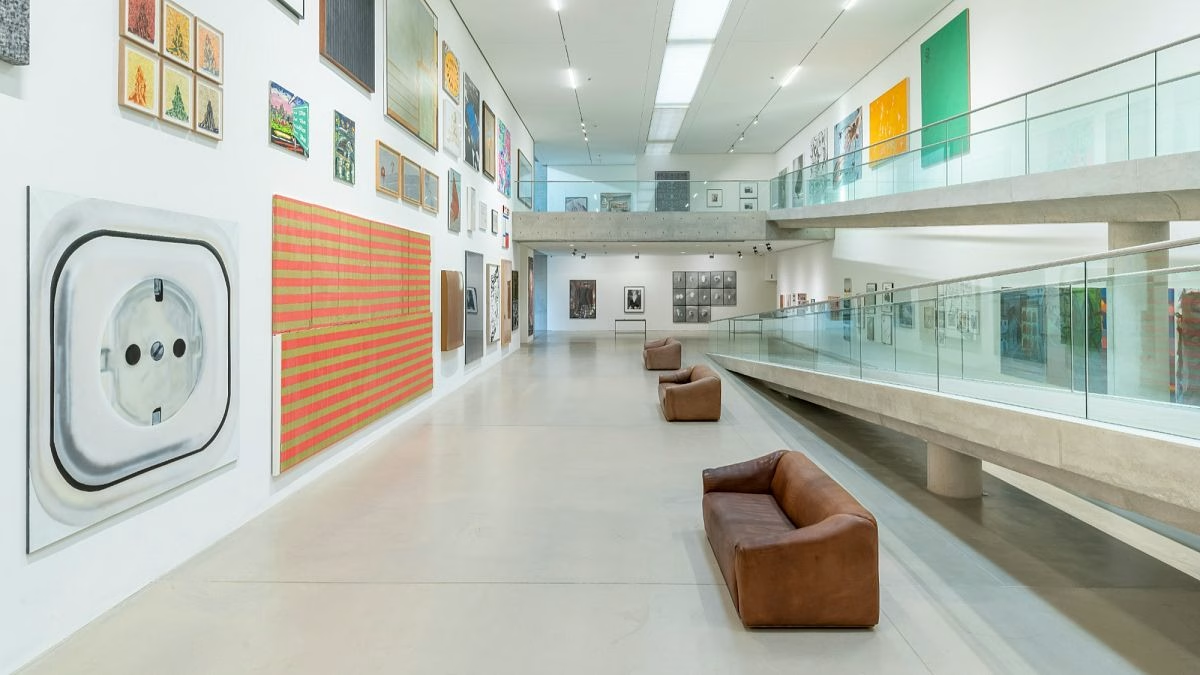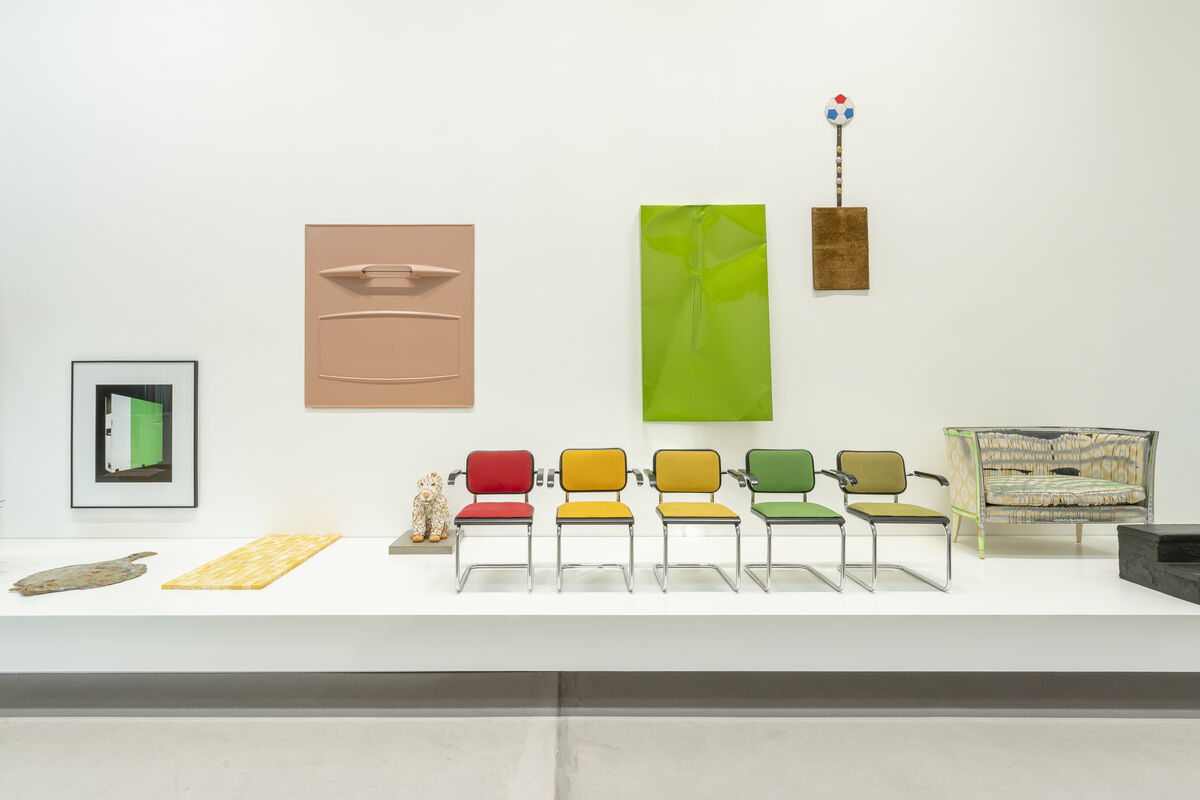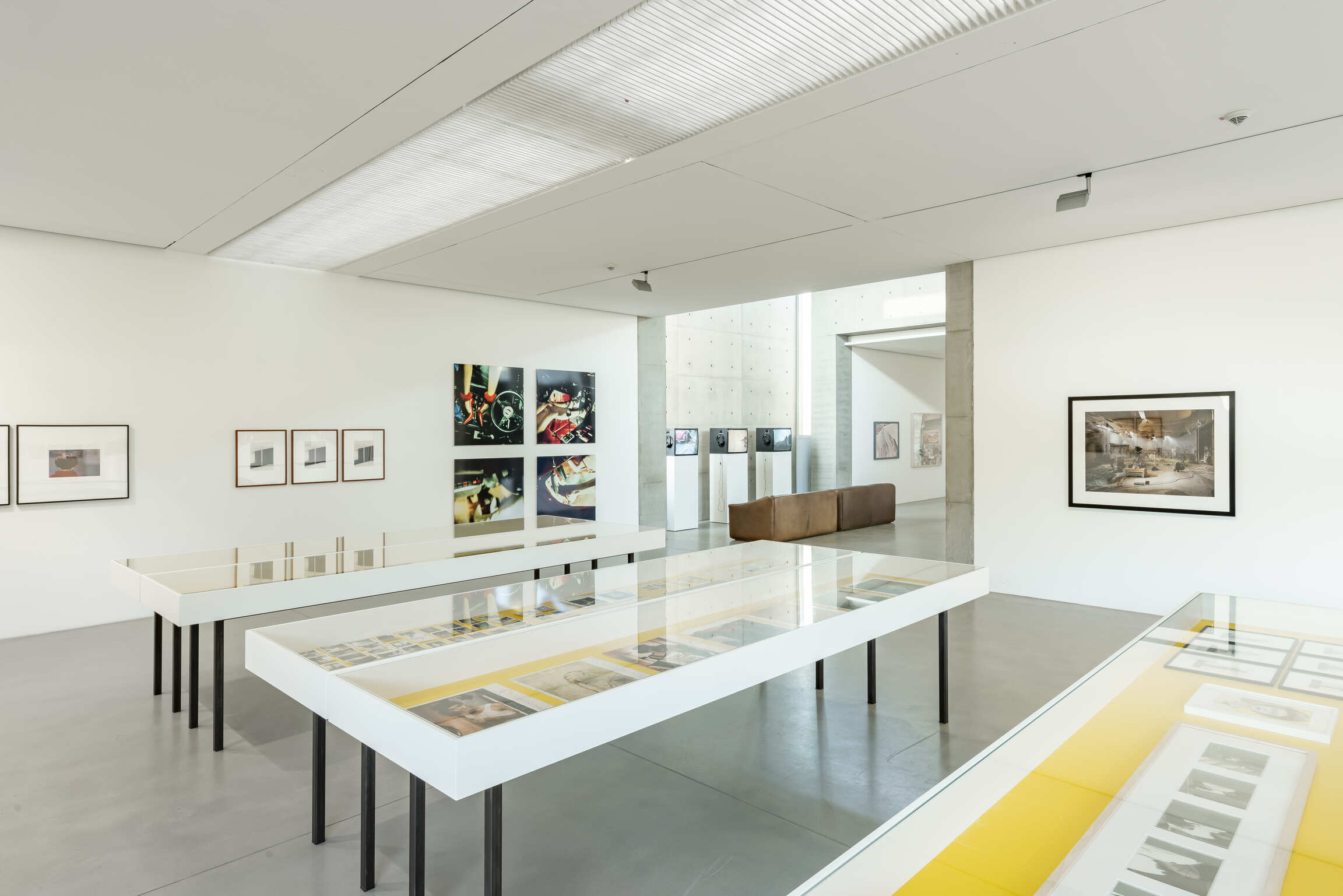How committed do you have to be to build an unparalleled art collection? Swiss media and technology magnate Michael Ringier shares his thoughts: “Obsession does grow, but so does selectivity. The learning never stops—that’s what excites me about art; the knowledge is limitless.” Over the past three decades, he has curated an impressive collection of over 5,000 pieces.
Visitors to the Langen Foundation, a Tadao Ando-designed venue nestled in the picturesque Neuss cultural district near Düsseldorf, can catch a glimpse of Ringier’s passion. For the first time, 500 of his artworks—ranging from sketches to large paintings and photographs by renowned artists like Urs Fischer, Richard Prince, John Baldessari, and Albert Oehlen—are on public display.
Titled Drawing, Painting, Sculpture, Photography, Film, Video, Sound, the exhibition delves into the intersections of artistic mediums and prompts inquiries about truth, reality, and perception—topics that have long intrigued Ringier.
Starting as a journalist, the 76-year-old entrepreneur evolved through his family’s business, fueled by an insatiable curiosity. His fascination with art began decades ago when he and his late wife began collecting Russian Constructivist pieces. As both his interest and resources expanded, so did his collection, which concentrates on works from the 1960s to the present. For over 20 years, he has collaborated with curator Beatrix Ruf, meticulously building the collection piece by piece. “That’s like getting 20 years of art history education,” he reflects, emphasizing his deep dive into the oeuvres of various artists.
For the Langen Foundation exhibition, Ruf partnered with American artist Wade Guyton, known for his innovative inkjet works, to curate the display. Ringier’s complete collection, while systematically distributed across his homes, the Ringier corporation headquarters, and various global institutions and museums, features the vast majority stored in high-tech facilities. “When you purchase a piece of art, you assume a responsibility to both the work and the artist,” Ringier explains about the challenges collectors face regarding display space. “We strive to showcase as much as possible, but many pieces remain in storage.”
Currently, Ringier takes pride in the 500-plus works elegantly showcased at the Langen Foundation. The collaboration between Ruf and Guyton has prompted him to reconsider familiar pieces from a fresh perspective. “The setting influences perception. You view a piece differently depending on whether it’s displayed in the main entrance or a restroom—that’s how we perceive things,” he states.
The exhibition is designed to be accessible and inviting, encouraging visitors to explore at their own pace. “We aimed to create a show inspired by the Wunderkammer tradition,” explains Ruf, noting that before the 20th century, art and artifacts were treated as equals, allowing them to engage in dialogue with one another.
The display features a variety of artistic expressions, with works on paper from artists like Sarah Lucas and Jim Shaw, alongside haunting black-and-white photography by Lee Friedlander. Larger pieces from Thomas Ruff, Alighiero Boetti, Cindy Sherman, and Richard Prince are interspersed throughout the gallery. The contrasting scales create a rich tapestry of techniques addressing themes such as identity, authenticity, and value.
The subterranean gallery spaces are filled with a striking variety of works—from Wolfgang Tillmans and Albert Oehlen to Georg Herold and Urs Fischer—spanning mediums from monumental abstracts to postmodern collages.
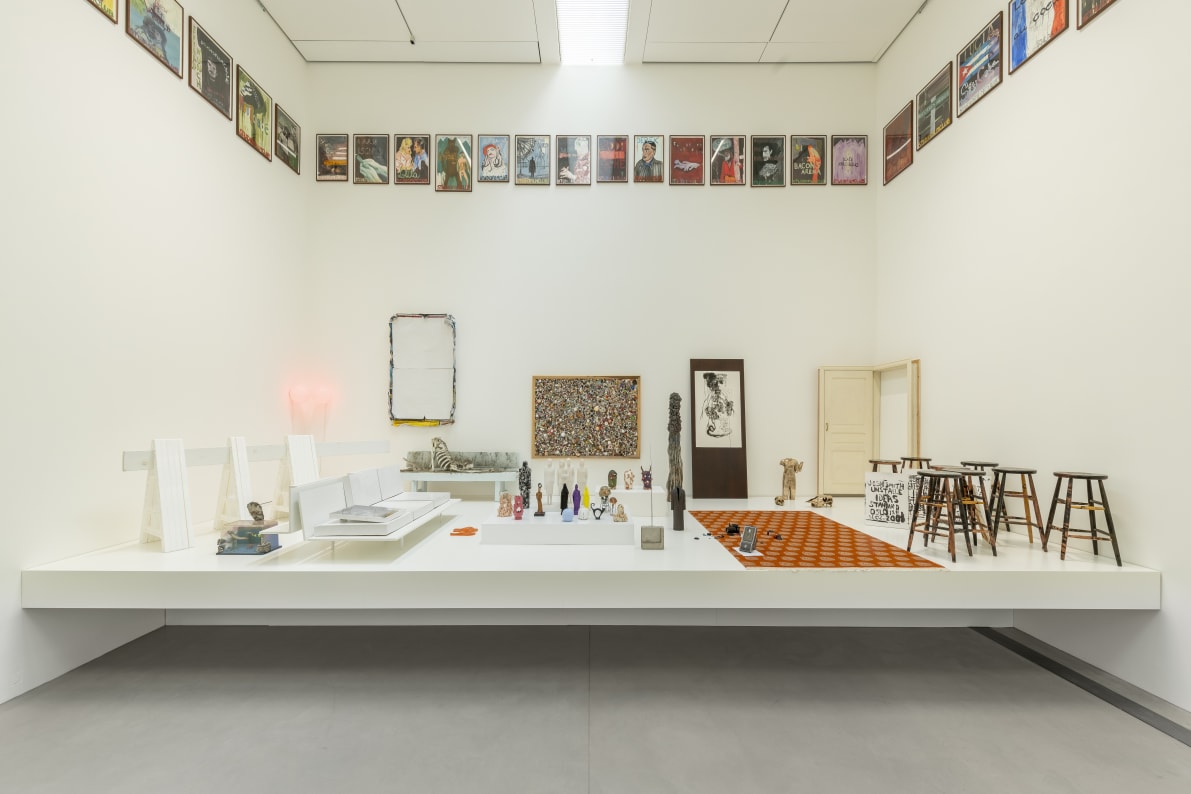
The final gallery showcases an array of sculptures and objects, featuring over 36 works from Peter Doig’s StudioFilmClub arranged like a frieze. On the floor, visitors will find Guyton’s appropriated Mies Van der Rohe chairs alongside Sarah Lucas’ cigarette butt sculptures and Rosemarie Trockel’s ceramics.
While most of the artists represented are contemporary and Western, Ringier expresses a keen interest in the younger global generation of artists, although he admits it’s not his area of expertise. “The next generation has a different way of seeing things. It’s up to them to shape their ideas and determine value,” he says, recognizing how cutthroat the art market can be. He believes that time is the ultimate test of art: “Decades-old works still resonate today, either posing questions or addressing current issues—that’s what makes art great.”
Collecting seems ingrained in Ringier’s DNA; “My parents were collectors of 18th-century furniture, and my mother had a noteworthy collection of Chinese ceramics. My wife’s parents collected contemporary art. We grew up surrounded by beautiful things,” he recalls, though he mentions that none of his siblings share his passion. “If someone had told me 30 years ago that I would have 5,000 works of art, I would have thought it was ridiculous! That was never the plan,” he laughs.
You can view the collection at Drawing, Painting, Sculpture, Photography, Film, Video, Sound, Ringier Collection 1995-2025, on display until October 13.
